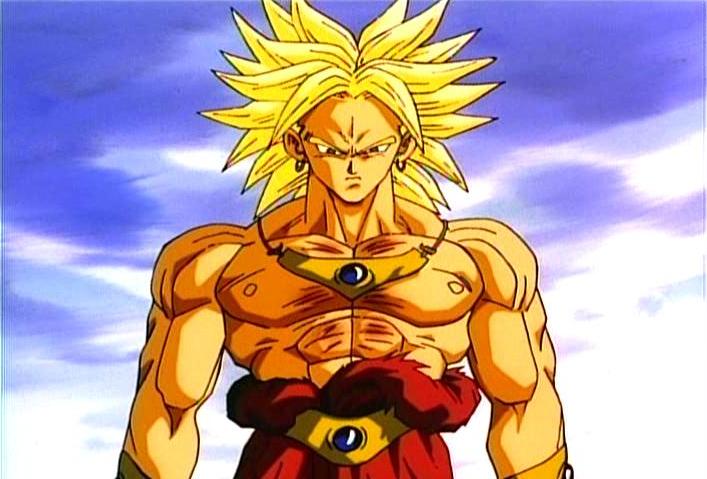You mean Super Saiyan?PordFrefect wrote:MechaGodzillia reigns supreme.. fuck.. which one is a super saiyan again??

You mean Super Saiyan?PordFrefect wrote:MechaGodzillia reigns supreme.. fuck.. which one is a super saiyan again??

I assume that's a gaming reference of some sort.PordFrefect wrote:I bet on Vegeta,
Did your Kendo sensai teach you nothing?Gawdzilla Sama wrote:I assume that's a gaming reference of some sort.PordFrefect wrote:I bet on Vegeta,
It was over 9000!Vegeta (ベジータ Bejīta?) is a fictional character and anti-hero in the Dragon Ball franchise created by Akira Toriyama. Vegeta appeared as the main antagonist of the first arc of the series. Vegeta first appeared in the manga chapter #204 Sayōnara Son

It's only fair. After all, the tidal wave that destroyed the nuclear plant was no doubt caused by the butterfly effect.Svartalf wrote:Yea... next we'll find 2 miniature singing girls...Japan Nuclear Accident: 'Abnormalities' in Butterflies Traced to Fukushima Plant
By Akiko Fujita
Japanese scientists say "abnormalities" detected in the country's butterflies may be a result of radioactive fallout from the Fukushima nuclear disaster last year. In a study published in Scientific Reports, an online journal, researchers say "artificial radionuclides" from the Fukushima Daiichi power plant caused "physiological and genetic damage" to pale grass blue butterflies.
Scientists first began tracking common butterflies around the nuclear plant two months after the disaster. They collected 121 insects, and found 12 percent of them had unusually small wings. That number jumped more than 5 percent when butterflies collected from the plant site had offspring of their own.
In another group of butterflies collected six months after the disaster, scientists found 28 percent had "abnormal" traits. That number nearly doubled among the second generation born.
"At the time of the accident, the populations of this species were overwintering as larvae and were externally exposed to artificial radiation," the researchers wrote in their study. "It is possible that they ate contaminated leaves during the spring and were thus also exposed to internal radiation."
It has been 17 months after the worst nuclear disaster since Chernobyl, and its effects on human health have largely been considered minimal, with no radiation-related deaths or illnesses reported so far. But traces of radioactive cesium exceeding government safety levels have been detected in seafood off the Fukushima coast, limiting the catch for fisherman there.
Tiny amounts of cesium of 137 and cesium 134 were detected in more than a dozen bluefin tuna caught near San Diego in August last year. The levels were 10 times higher than tuna found in previous years, but well below those the Japanese and US governments considered harmful to human health.
Warren Dew wrote:It's only fair. After all, the tidal wave that destroyed the nuclear plant was no doubt caused by the butterfly effect.

Nope, a Dragon Ball reference...Gawdzilla Sama wrote:I assume that's a gaming reference of some sort.PordFrefect wrote:I bet on Vegeta,
Users browsing this forum: No registered users and 12 guests